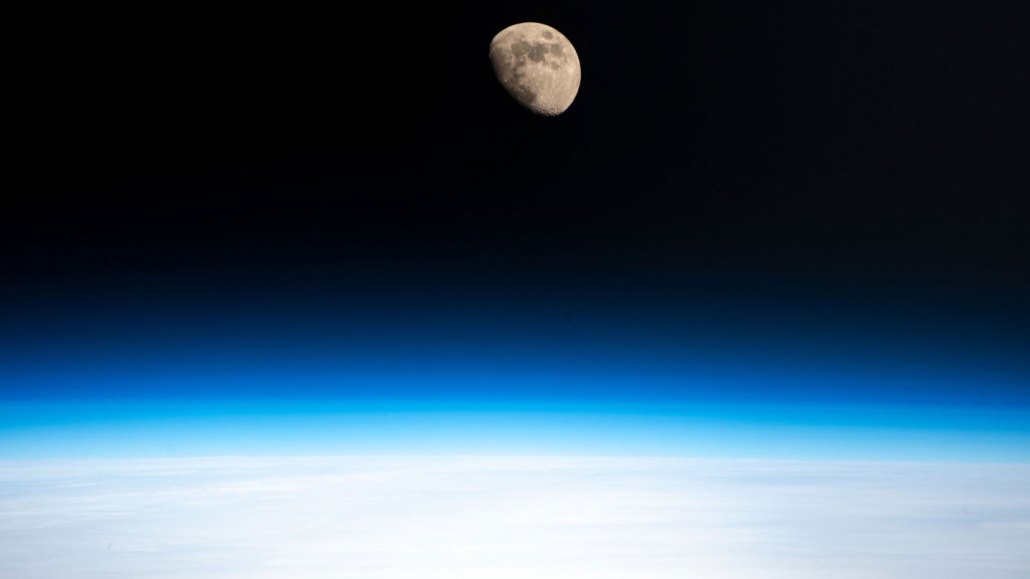
Scientists used laser measurements of the moon’s orbit to compare two different types of mass, active and passive gravitational mass.
NASA

Scientists used laser measurements of the moon’s orbit to compare two different types of mass, active and passive gravitational mass.
NASA